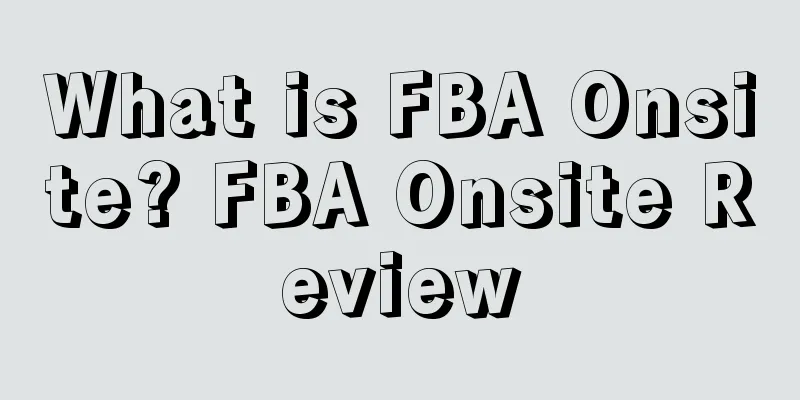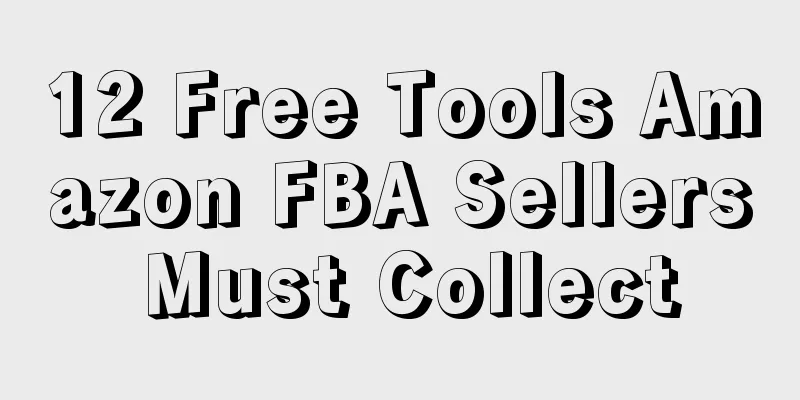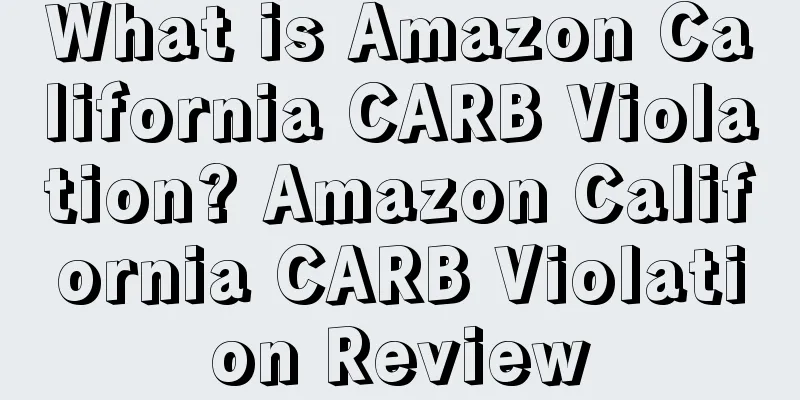The competitor pushed the product keyword to the first place on the homepage in just 3 months! And this strategy is replicable. How did they do it?

|
Anonymous user
My C position The competitor link was launched on April 15, 2023. In just three months, the single-layer 26-letter necklace was pushed to the top 5000 in the clothing accessories category. It has 35 reviews, a score of 4.6, 3 QA, one video, and one advanced A+. The product is a common one. Keppa shows that there is no promotion, and the ranking shows a steady rise. Basically, keywords related to other products are also naturally on the homepage. This means that when a new product is launched, it can achieve high conversion on most major keywords. How is this done? Can it be done through advertising or advertising strategies? If so, what is the specific strategy? And how to maintain it in the future, please analyze it together and leave your opinions. Thank you. Multi-layer Y-shaped necklace, 5% coupon, 26 reviews, 4.5 comments, one video, no A+. It was also on the shelves for three months, and the link was pushed to the 13,000th ranking in the clothing accessories category. The relevant big and small words are naturally on the homepage. His strategy is replicable. How is it done? Can it be done through advertising or advertising? If so, what is the specific strategy? And how to continue to maintain it in the future? (Please analyze it together, and leave your insights for analysis) Keepa displays the following: "Wonderful Reply" Ying Ru Shi - A not very serious man Agree with: Yayaya, Amonwanda I used two tools to check and compare them, refer to the following figure: From these three pictures, we can find that the other party mainly promotes A, secondarily promotes B, and basically does no promotion for other links. A.ASIN links, most commonly used links. B. Canonical link. Canonical link is a link automatically generated by Amazon that cannot be modified. It contains 5 keywords. The weight of these 5 keywords is very high. The logic behind it is based on the recognition and indexing of your listing by Amazon search engine. Enter your listing page, press CTRL+U; after entering the page source, press CTR+F and enter the search word in the box: Canonical, then click Search to know the canonical link. C. Social media links, created in Manage Promotions, Social Media, the system will generate social media links, generally multiple variants will be used D. Keyword links, through product links, use certain tools to convert short links with keywords. Amazon is now very strict on manipulating reviews. If you use it for off-site search, you will easily receive a warning letter from Amazon. E. Amazon affiliate link, a link generated by an influencer on the network. The influencer or blogger can get a 4%-10% affiliate commission returned by Amazon. Example: https://amzn.to/3cascPN F. Amazon traffic insight link, created through the traffic insight tool, can track off-site effects and apply for traffic bonuses. The effect of short links is actually quite limited now, but if there are a large number of short links, it is possible that when sending to each off-site channel, each short link is processed inconsistently. The advantage of this is that it is not easy to be scanned and suppressed by the system, because if a short link has a large number of jumps, the system will detect and suppress the effect. In addition to the diversified survival of short links through tools, some wavy forms are also popular, such as amazon.com/Bluetooth- speaker/ASIN/ plus other elements (interfering with system scanning) 1. It depends on whether you are willing to invest in advertising. The keyword SP advertising of new products should run directly in the search position. The initial bid threshold will be relatively high, which means that the advertising investment will be relatively large. |
Recommend
Zalando is developing rapidly in the Spanish market! There are 300 offline stores
<span data-shimo-docs="[[20,"获悉,据外媒报道,在线时尚...
A night market is selling a large number of cross-border parcels at low prices...Amazon has added two new categories!
Recently, Amazon has frequently issued new policie...
What is Fenghuo Cross-border? Fenghuo Cross-border Review
Fenghuo E-Commerce Co., Ltd. is an enterprise dedi...
FBA's inventory capacity surges during peak season? Sellers can solve inventory worries!
Amazon has undergone many changes in recent times....
What is a tax haven? Tax haven review
Tax havens refer to countries and regions that pro...
Seize the Amazon market! What is the focus of Walmart's e-commerce expansion?
Walmart has provided momentum for the expansion of...
Amazon FBA warehouse collapsed! Tornado in the United States brought huge losses
Just last weekend, Illinois, USA was hit by a sev...
Due to hacker intrusion, a well-known cross-border brand was on the verge of bankruptcy in just one month
01 Big seller faces bankruptcy due to hackers Rece...
Going against the wind! Why can this cross-border company raise 700 million yuan? !
focus on Last year was a cold winter when cross-b...
What are culinaryteas? Culinaryteas Reviews
Culinaryteas is a small family business specialisi...
What is decoratorsbest? decoratorsbest review
decoratorsbest is an excellent e- commerce company...
Best Buy's Q2 revenue fell 7.2%, and it lowered its full-year performance guidance
It is learned that on Tuesday (August 29), Best Bu...
Amazon is forced to make corrections! It actually wants to refund sellers?
Amazon often requires sellers to make concessions...
A large number of sellers' ads are abnormal, and shopping carts disappear! Sellers: It's too difficult
What an unexpected start to 2025! Especially in r...
What is Transferwise? Transferwise Review
Transferwise was founded on March 1, 2010. It is a...









